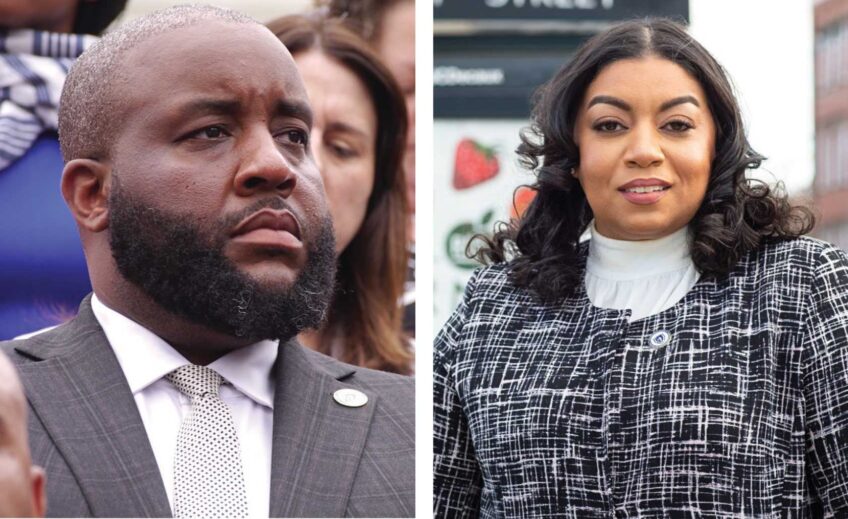Community Voices: NAACP shares talking points on ‘misplaced priorities’
We have a critical decision:Should we devote resources to educating or imprisoning the next generation? We need to reprioritize education, rather than incarceration.
Smart on crime
• Simplistic “tough on crime” policies are expensive and ineffective. We need to be “smart on crime” instead.
• That means we need to stop locking up nonviolent drug abusers and the mentally ill, and start treating them.
• Substance abuse programs and educational opportunities are cost-effective — they lead to a marked reduction in crime, and thus a reduction in prison spending.
Environment for success
• Rising prison budgets and falling education budgets are unsustainable, and send our youth the wrong message about the future. We must create an environment for success and achievement.
• We cannot be competitive as a nation if we are leaving half of our children behind. Investing in human potential is ultimately what will grow our economy.
• The impact is magnified by what we see in high incarceration neighborhoods, which are linked with lower test scores
Invest to educate, not incarcerate
• We as a nation can no longer afford to invest in incarceration at the expense of higher education.
• Over the last two years, the budget battle between prisons and universities for state discretionary dollars has been fought, and won, by prisons in virtually every state in the county.
• Between 1987 and 2007 and found that after adjusting for inflation, funding for higher education grew by a modest 21 percent, while corrections funding grew by 127 percent, six times the rate of higher education.
• We must shift dollars from prisons back to education and invest in the future of our country — our children.
Why conservatives support downsizing prisons?
• With nearly all 50 states facing budget deficits, it’s time act with courage and creativity to save taxpayers money and downsize prisons.
• Conservative leaders must lead the way to downsize prisons and do so in way that maintains public safety and be smarter with the public’s money.
• It is indeed possible to reduce prison population and maintain public safety. In the case of Florida and New York: Over the past seven years, Florida’s incarceration rate has increased 16 percent, while New York’s decreased 16 percent. Yet the crime rate in New York has fallen twice as much as Florida’s.
Key Facts
National
• During the last two decades, state spending on prisons has grown at six times the rate of spending on higher education. Spending on prisons increased by 127 percent while spending on higher education rose 21 percent.
• The United States has five percent of the world’s population but locks up 25 percent of the world’s prisoners.
• During apartheid South Africa, the incarceration rate for black men was 851/100,000. In America today, the rate is 4919/100,000 — four times as high.
State by state
Incarceration/Education
• In Los Angeles, 69 of 90 low performing schools (67 percent) are in neighborhoods with the highest rates of incarceration
“Million dollar blocks”
• In New York, taxpayers will spend over half a billion dollars to imprison residents from 24 of 200 zip codes.
• In Texas, taxpayers will spend over $175,000,000 to imprison residents from just 10 of Houston’s 75 neighborhoods (zip codes).
Other
• In California, prison spending has risen 25 times faster than spending on higher education over the last 30 years
• The state now spends $10 billion annually on incarceration, and devotes 11 percent of their general fund to this new “big budget item”
• CT — costs $400,000 to imprison a juvenile
• CA — costs $250,000 to imprison a juvenile
• In CA: Thirty years ago, 10 percent of the general fund went to higher education and three percent went to prisons. Today, almost 11 percent goes to prisons and only 7.5 percent goes to higher education.
Michael Curry is president of the Boston branch of the NAACP.






